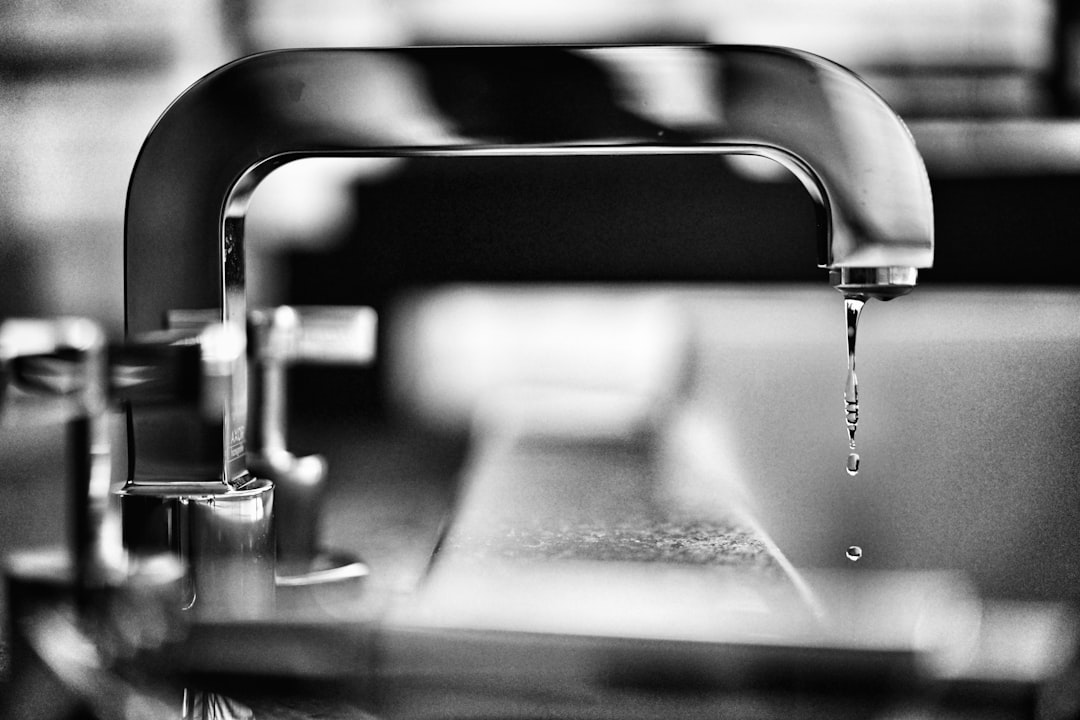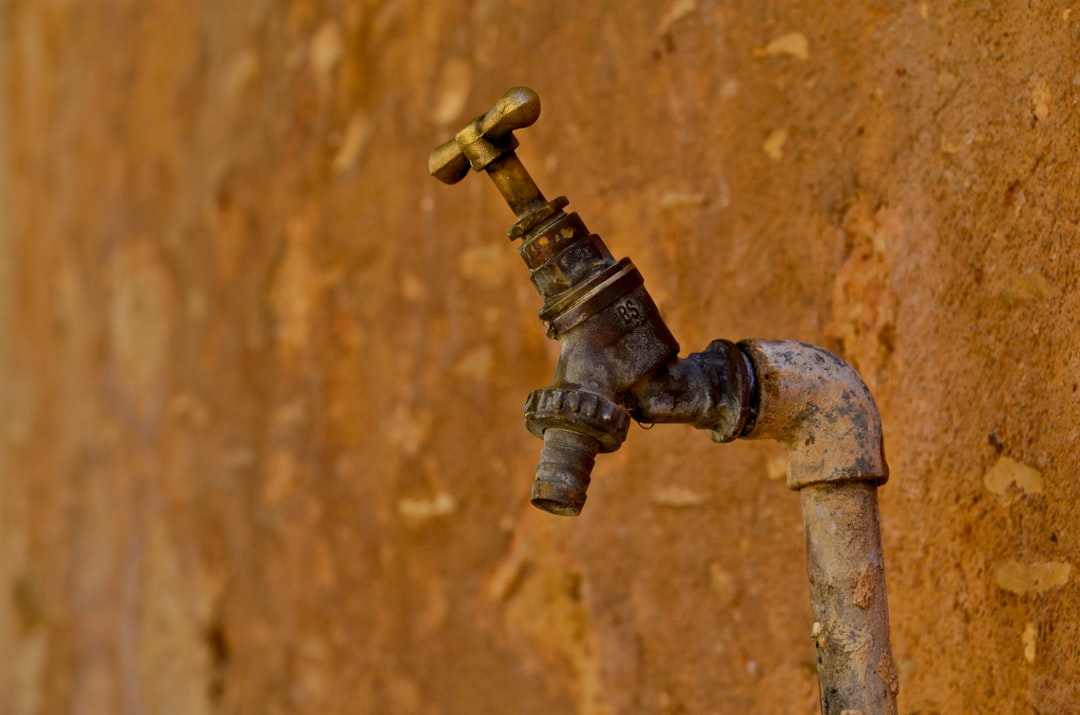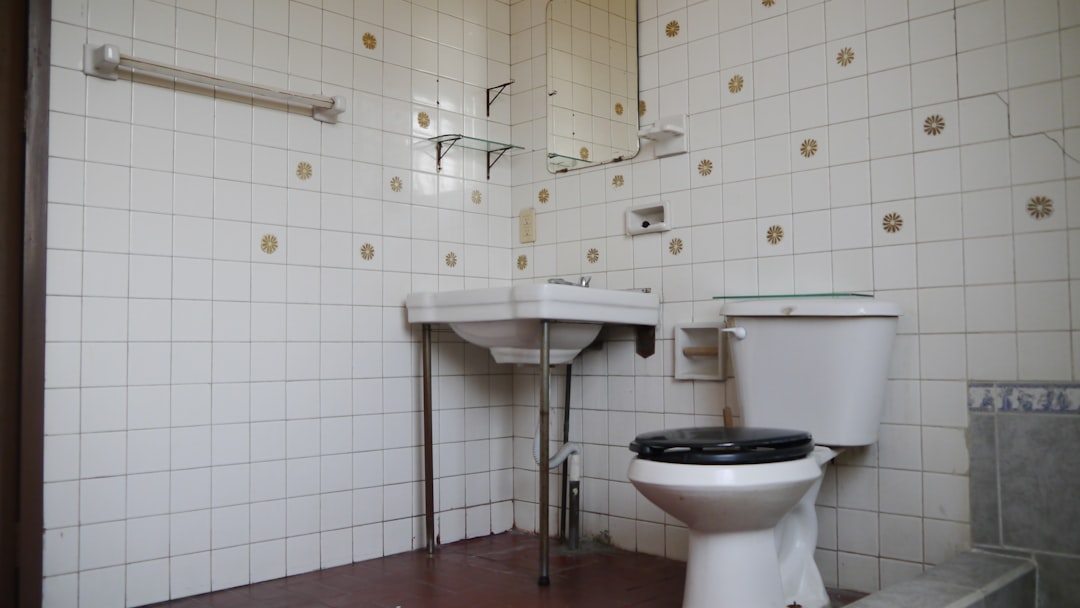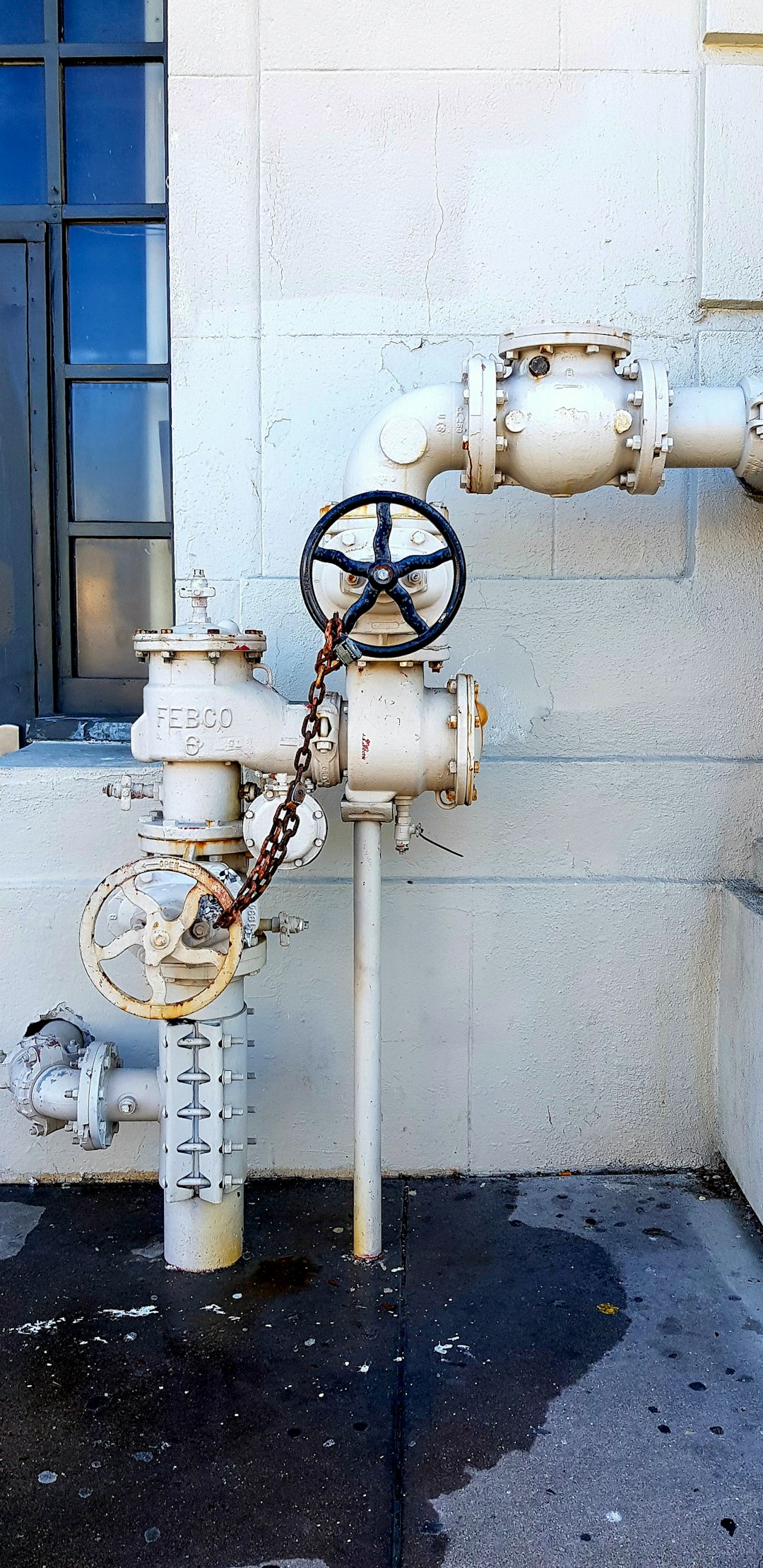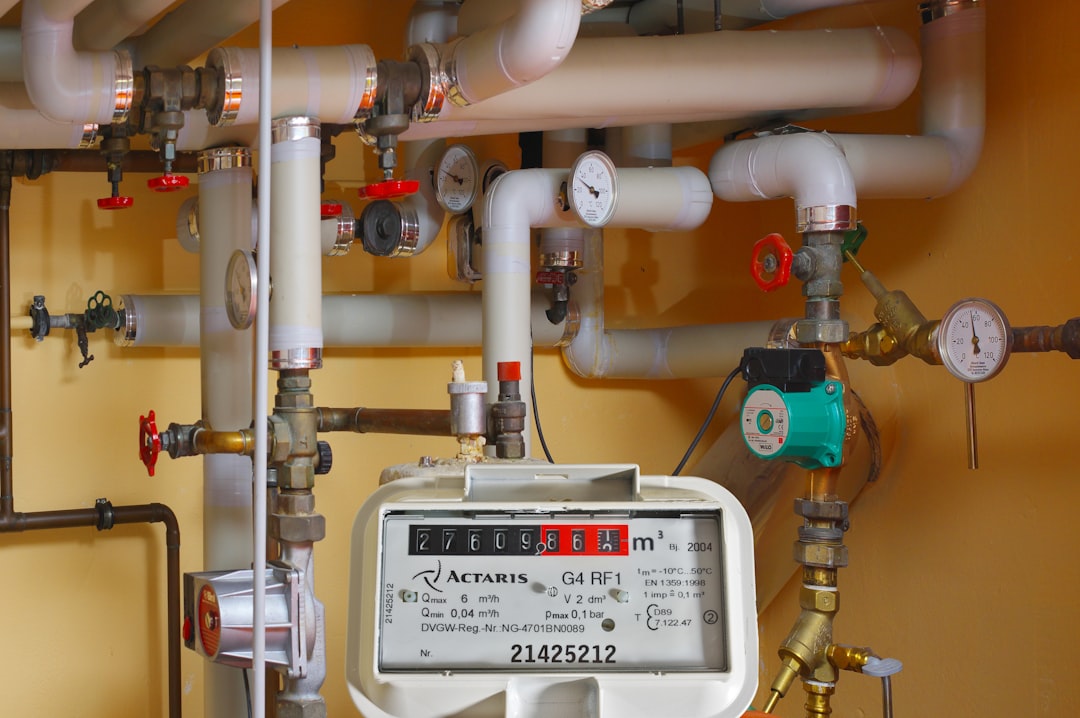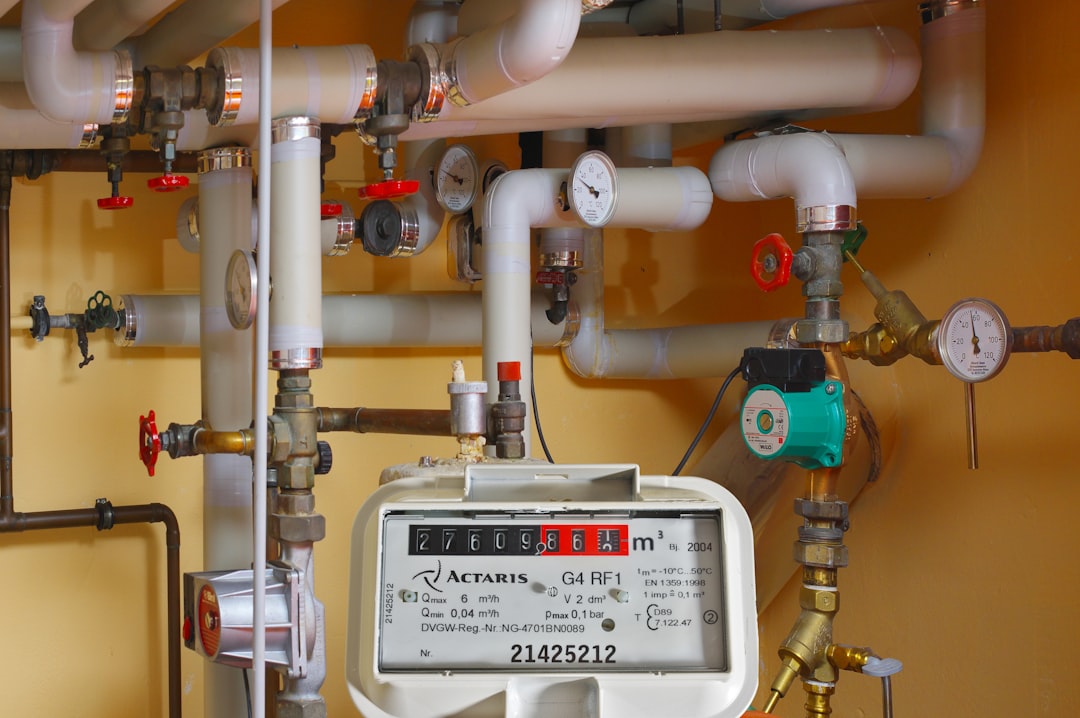Table of Contents
- Introduction
- Plumbing pipe replacement
- Plumbing fixture installation
- Plumbing leak detection
- Plumbing emergency service
- Plumbing drain cleaning
- Plumbing water heater service
- Plumbing sewer line repair
- Plumbing backflow prevention
- Conclusion
- Frequently Asked Questions
Introduction
Plumbing is an essential aspect of our daily lives, intricately woven into the fabric of our homes and businesses. When a plumbing issue arises, it can disrupt the rhythm of life, leading to chaos and potential damage. From minor leaks to major installations, understanding the different types of plumbing services available can be the key to maintaining a safe and functional environment.
In this comprehensive guide, we will explore various plumbing services that cater to residential and commercial needs. Whether you’re a homeowner looking to tackle a pesky clog or a business in need of a full system overhaul, this article will serve as your roadmap. You’ll not only gain insights into essential plumbing tasks but also discover tips on how to select the right professional for the job.
So, roll up your sleeves and dive into the world of pipes, fittings, and faucets—as we navigate through the vast pipeline of plumbing services!
Plumbing pipe replacement
Plumbing pipe replacement is a crucial service that addresses issues related to damaged or outdated plumbing systems. Over time, pipes can become corroded, clogged, or develop leaks, leading to serious plumbing problems.
When a pipe is replaced, the old material is carefully removed and replaced with new piping. This process may involve different types of pipe materials, such as PVC, copper, or PEX, each of which has its own advantages and disadvantages.
Homeowners often notice signs that may indicate a need for pipe replacement, such as water discoloration, low water pressure, or unusual increases in water bills.
It is essential to consult a professional plumber, as improper installation can lead to further complications. Timely pipe replacement not only enhances water quality but also improves overall plumbing efficiency, helping to prevent significant damage to the property.
Additionally, it can lead to cost savings in the long run by reducing the likelihood of emergency repairs and extensive renovations.
Plumbing fixture installation
Plumbing fixture installation is a crucial service provided by professional plumbers, ensuring that essential components in a building’s plumbing system are properly fitted and functioning. This includes the installation of sinks, toilets, bathtubs, and showers, among other fixtures. Each of these installations requires a solid understanding of plumbing codes and regulations to guarantee safety and efficiency.
The process typically starts with the selection of appropriate fixtures that fit the client’s needs and preferences. Once selected, the plumber will assess the current plumbing system to ensure compatibility. This involves checking water supply lines, drain lines, and ventilation systems.
After the assessment, the installation process begins, which may involve modifying existing plumbing, securing the fixture in place, and connecting it to water and drainage systems. Proper sealing and testing are crucial to prevent leaks and ensure optimal operation.
Ultimately, professional installation not only enhances the functionality of a home but also contributes to its overall aesthetic appeal.
Plumbing leak detection
Plumbing leak detection is an essential service that helps identify and locate leaks in a plumbing system before they result in significant damage. Leaks can occur in various places, including pipes, fixtures, and appliances, and they often go unnoticed until they cause problems like water damage or mold growth. Professional leak detection services utilize advanced technology such as infrared cameras, acoustic listening devices, and moisture meters to pinpoint the precise location of leaks without invasive digging or destruction.
Timely leak detection is crucial for homeowners and businesses alike, as it can save money on water bills, prevent structural damage, and minimize repair costs. Some common indicators of leaks include unusual increases in water bills, damp spots on walls or ceilings, and the sound of running water when no fixtures are in use. Regular maintenance checks and prompt attention to potential issues can ensure a plumbing system operates efficiently and effectively.
Plumbing emergency service
Plumbing emergency services are crucial for addressing urgent plumbing issues that require immediate attention. These emergencies can range from burst pipes and severe leaks to blocked drains and malfunctioning water heaters. When such problems arise, they can lead to significant damage if not handled promptly. Emergency plumbing services typically operate 24/7, ensuring that help is available at any hour, day or night. Professionals in this field are trained to quickly assess the situation and implement effective solutions to prevent further complications.
Common situations necessitating emergency service include overflowing toilets, flooding in basements, and main line backups. In these cases, having access to experienced plumbers can save homeowners from costly repairs and extensive property damage. Additionally, many emergency plumbing services provide preventive maintenance tips to help mitigate the risk of future issues. As plumbing problems can emerge suddenly and escalate quickly, knowing when to call for emergency assistance can make all the difference in maintaining a safe and functional home environment.
Plumbing drain cleaning
Plumbing drain cleaning is an essential service aimed at removing blockages and buildup within a plumbing system. Over time, drains can become clogged due to various factors, including hair, grease, soap residue, and foreign objects. When these clogs are not addressed promptly, they can lead to slow drainage, unpleasant odors, and even significant water damage.
Professional plumbers employ a range of techniques to ensure effective drain cleaning. These methods may include snaking, hydro jetting, and the use of specialized chemicals designed to dissolve stubborn blockages. Snaking involves using a flexible auger to physically break apart clogs, while hydro jetting utilizes high-pressure water streams to flush out debris. Regular drain cleaning not only helps in maintaining the functionality of your plumbing system but also extends its lifespan by preventing corrosion and buildup. Homeowners are encouraged to schedule routine drain cleaning services as a preventive measure to ensure their plumbing remains in optimal condition.
Plumbing water heater service
Plumbing water heater service encompasses a variety of tasks aimed at ensuring the proper functioning and longevity of your water heating system. Regular maintenance of your water heater is essential for optimal performance and energy efficiency. Services typically include flushing the tank to remove sediment build-up, which can impair heating efficiency and damage the unit over time. Additionally, technicians may inspect and test the thermostat, heating elements, and pressure relief valve to guarantee they are operating correctly.
In cases of malfunction, plumbing professionals can diagnose issues such as leaks, strange noises, or inadequate heating. Repair services may involve replacing faulty components or, in some cases, suggesting a full replacement of the unit. Moreover, it is crucial to provide homeowners with advice on energy-efficient models and the best installation practices if a new water heater is necessary. Remember, timely water heater service not only enhances performance but also ensures safety and reduces energy costs over time.
Plumbing sewer line repair
Plumbing sewer line repair is a crucial service that addresses issues with the piping systems responsible for transporting wastewater from homes and businesses to treatment facilities. Over time, sewer lines can suffer damage due to factors such as tree root intrusion, soil shifting, or corrosion. These problems can lead to blockages, leaks, and even backups, posing health hazards and causing significant property damage.
Common signs that indicate the need for sewer line repair include slow draining sinks and toilets, foul odors around the property, and the presence of water pooling in unexpected areas. Professional plumbers utilize advanced techniques such as video inspections to accurately diagnose the problem, allowing for targeted repairs that minimize disruption.
In many cases, trenchless repair methods may be used, which involve minimal digging and can save time and labor costs. Addressing sewer line issues promptly not only protects the property but also ensures compliance with health and safety regulations.
Plumbing backflow prevention
Plumbing backflow prevention is a critical aspect of maintaining a safe and sanitary water supply in both residential and commercial properties. Backflow occurs when water flows in the opposite direction from its intended path, which can lead to contamination of the clean water supply. This can happen due to changes in pressure within the plumbing system or external forces such as water main breaks.
To prevent such issues, backflow prevention devices are installed in plumbing systems. These devices, which include check valves, air gaps, and reduced pressure zone (RPZ) assemblies, work by ensuring that water can only flow in one direction.
Regular maintenance and testing of these devices are essential to ensure their effectiveness and compliance with local plumbing codes. Homeowners and property managers should be aware of the importance of backflow prevention and engage professional plumbing services to install and service these systems. By doing so, they can protect their water supply from harmful contaminants and ensure the health and safety of all occupants.
Conclusion
In conclusion, understanding the various types of plumbing services available is essential for maintaining a functional and efficient plumbing system in your home or business. From plumbing pipe replacement and fixture installation to emergency services and drain cleaning, each service plays a critical role in preventing minor issues from escalating into costly repairs. Regular maintenance not only prolongs the lifespan of your plumbing system but also ensures safety and comfort for all occupants. If you’re facing plumbing issues or need expert advice, do not hesitate to reach out for professional assistance. Call 573-555-2121 today and let our experienced plumbers help you with all your plumbing needs!

